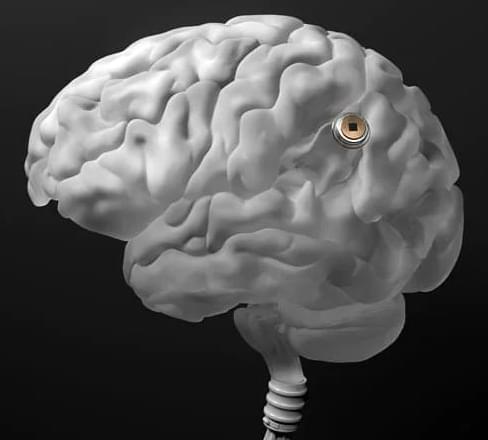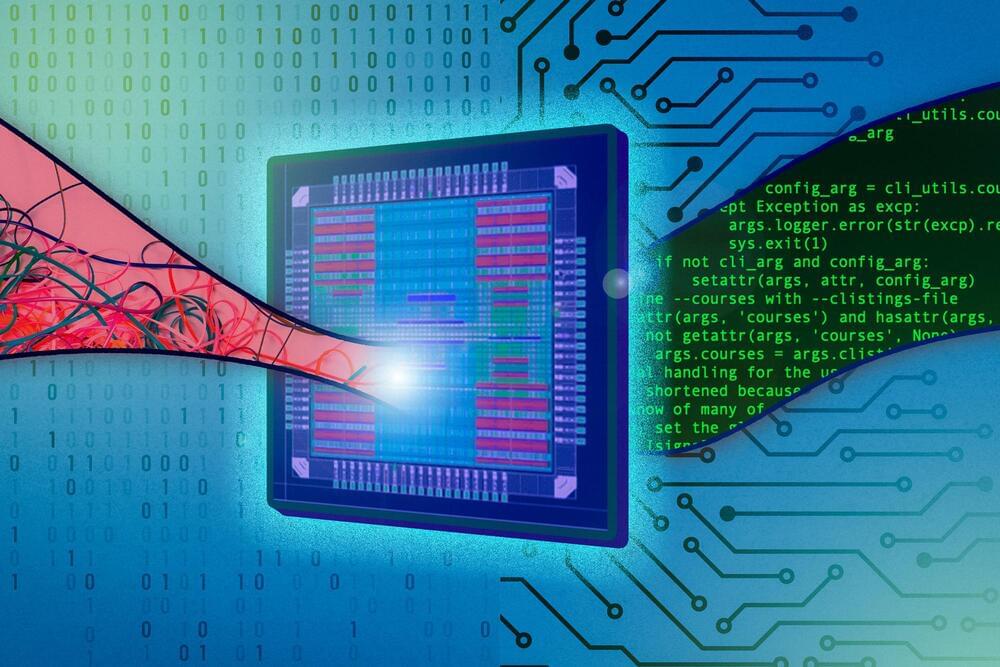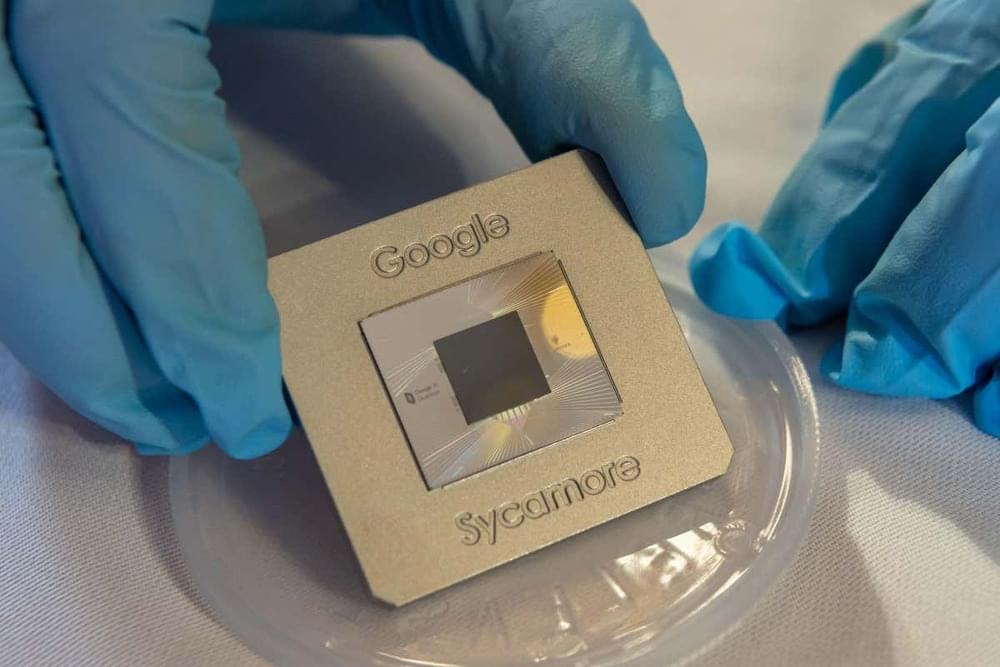Deep brain implants are paving the way for solutions to neurologic conditions and potentially, toward “superhuman cognition.” However, there are serious ethical implications associated with this emerging innovation.



I believe if superintelligence can be digitized into computer code then essentially a microchip could send electrical impulses to one’s brain noninvasive like the microchip that heals from Ohio state and then superintelligence could be attained and the biological wetware could be easily acquire the biological singularity. Much like the moto that Apple has all things digital a new superintelligence attribute could uploaded and the human could evolve or gene edit from a smartphone also the impulse could be non invasive like low level electrical impulse sending data to the brain using existing hardware. We could be as advanced as any exterrestial civilization in a couple keystrokes using existing hardware.
Popular expectations for the future are helplessly colored by present trends. The assumption is always that whatever’s going on now can be safely extrapolated into the future along a linear (or, per Kurzweil, logarithmic) curve. So it was that during the space race, baby boomers took for granted that we’d have fully colonized the solar system by the year 2000.

Physicists with the Harvard-MIT Center for Ultracold Atoms have just announced new success with a particular style of quantum computer —a “programmable quantum simulator”. In this architecture, they take supercold rubidium atoms and use optical tweezers (beams of light) to arrange the atoms into shapes.
As the Harvard Gazette writes …
This new system allows the atoms to be assembled in two-dimensional arrays of optical tweezers. This increases the achievable system size from 51 to 256 qubits. Using the tweezers, researchers can arrange the atoms in defect-free patterns and create programmable shapes like square, honeycomb, or triangular lattices to engineer different interactions between the qubits.

New chip eliminates the need for specific decoding hardware, could boost efficiency of gaming systems, 5G networks, the internet of things, and more.
A new silicon chip can decode any error-correcting code through the use of a novel algorithm known as Guessing Random Additive Noise Decoding (GRAND). The work was led by Muriel Médard, an engineering professor in the MIT Research Laboratory of Electronics.
To use the metaphor of our Information Age, consciousness to humans is as Cloud to computers. Just like your smartphone, your brain is a ‘bio’-logical computing device of your mind, an interface for physical reality. Our minds are connected into the greater mind-network, as computers in the Cloud. Viewed in this way, consciousness is ‘non-local’ Cloud, our brain-mind systems are receivers, processors and transmitters of information within that Cloud. What were the most significant factors in evolution of the human mind? What’s the connection between quantum physics and consciousness? What role does quantum information play in our self-reflective consciousness? What is non-local consciousness? Do our minds create reality? These are some of the most salient questions addressed in this Part II of the documentary.
#consciousness #evolution #mind #documentary #film
By Elizabeth Titovskaya.
“Information is a difference that makes a difference.” ―Gregory Bateson.
The size of a grain of sand, dispersed microfliers could monitor air pollution, airborne disease, and environmental contamination.
Northwestern University engineers have added a new capability to electronic microchips: flight.
About the size of a grain of sand, the new flying microchip (or “microflier”) does not have a motor or engine. Instead, it catches flight on the wind — much like a maple tree’s propeller seed — and spins like a helicopter through the air toward the ground.
Is an academic doctor and medical technology entrepreneur, working in the field of the computational biology of aging.
Dr. Radenkovic is also a Partner at the SALT Bio-Fund, and a co-founder of Hooke, an elite longevity research clinic in London.
Dr. Radenkovic has a dual degree in medicine and physiology from University College London Medical School, and did her residency at St Thomas’ Hospital in London. She later worked as Research Fellow at King’s College London and at Harvard University.
Dr. Radenkovic has led a variety of projects, including a digital therapeutics company for women and an algorithm for cardiac MRI based on fractal geometry, to major industry acquisitions.
Dr. Radenkovic has over 30 academic papers, 7 grants, and over 40 scientific conference presentations. She is fluent in 5 languages and 3 programming languages.


A quantum computer made by researchers in China has solved a calculation in 4.2 hours that would take a classical computer thousands of years. This demonstration of what the researchers call “quantum computational advantage” was made using 6 more qubits – quantum bits – than the computer used by the Google team that first demonstrated the feat in 2019.
